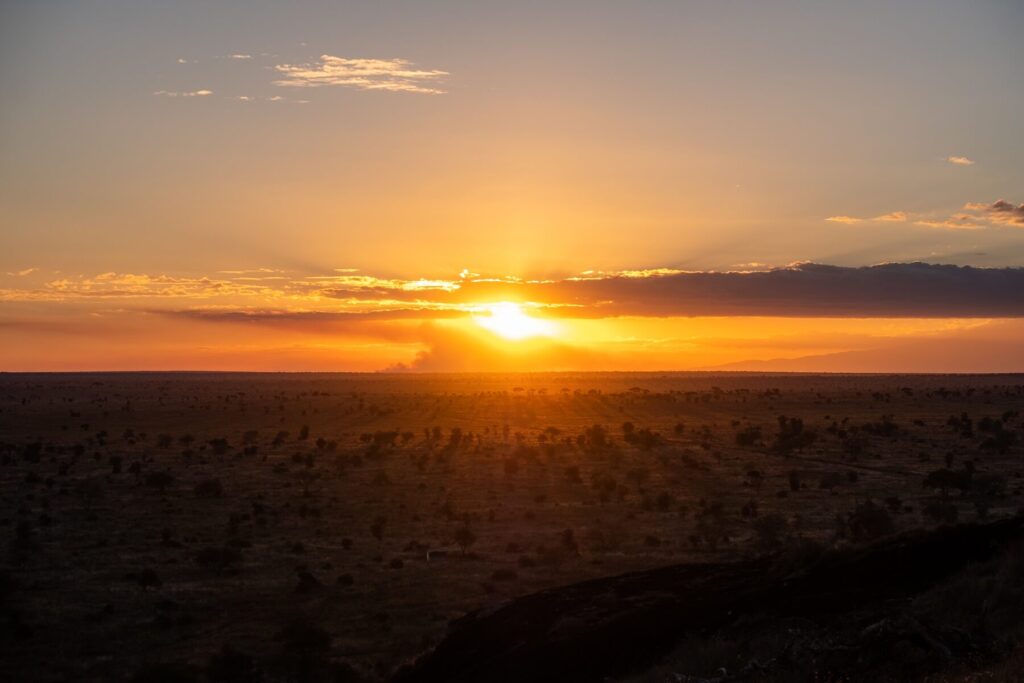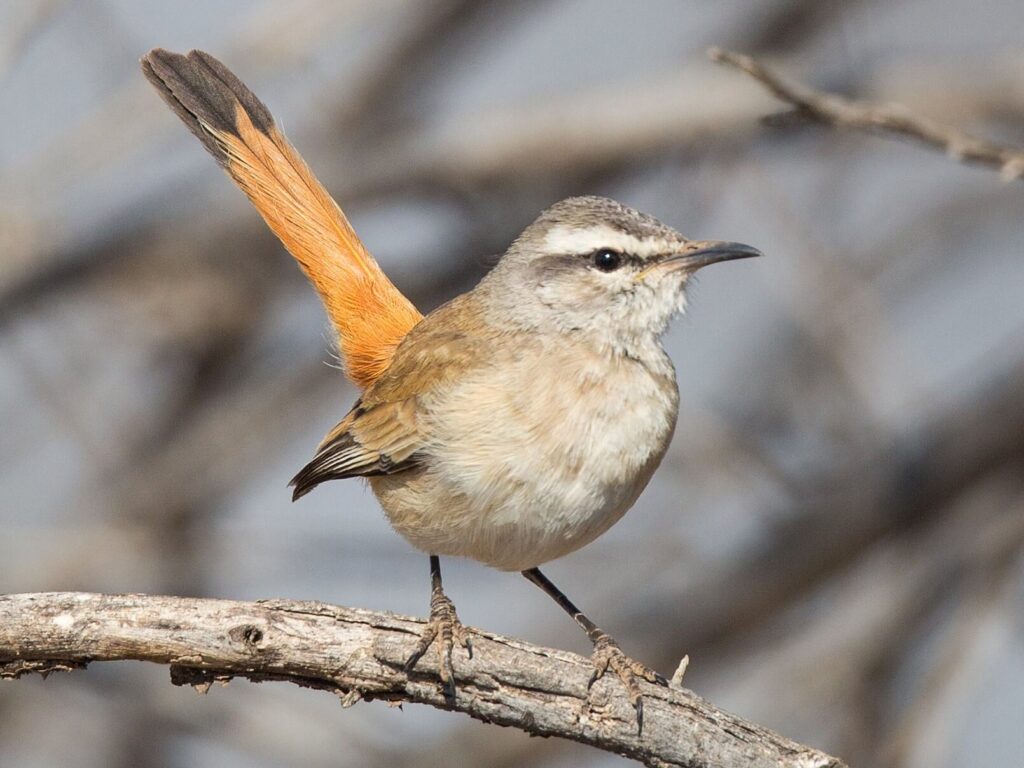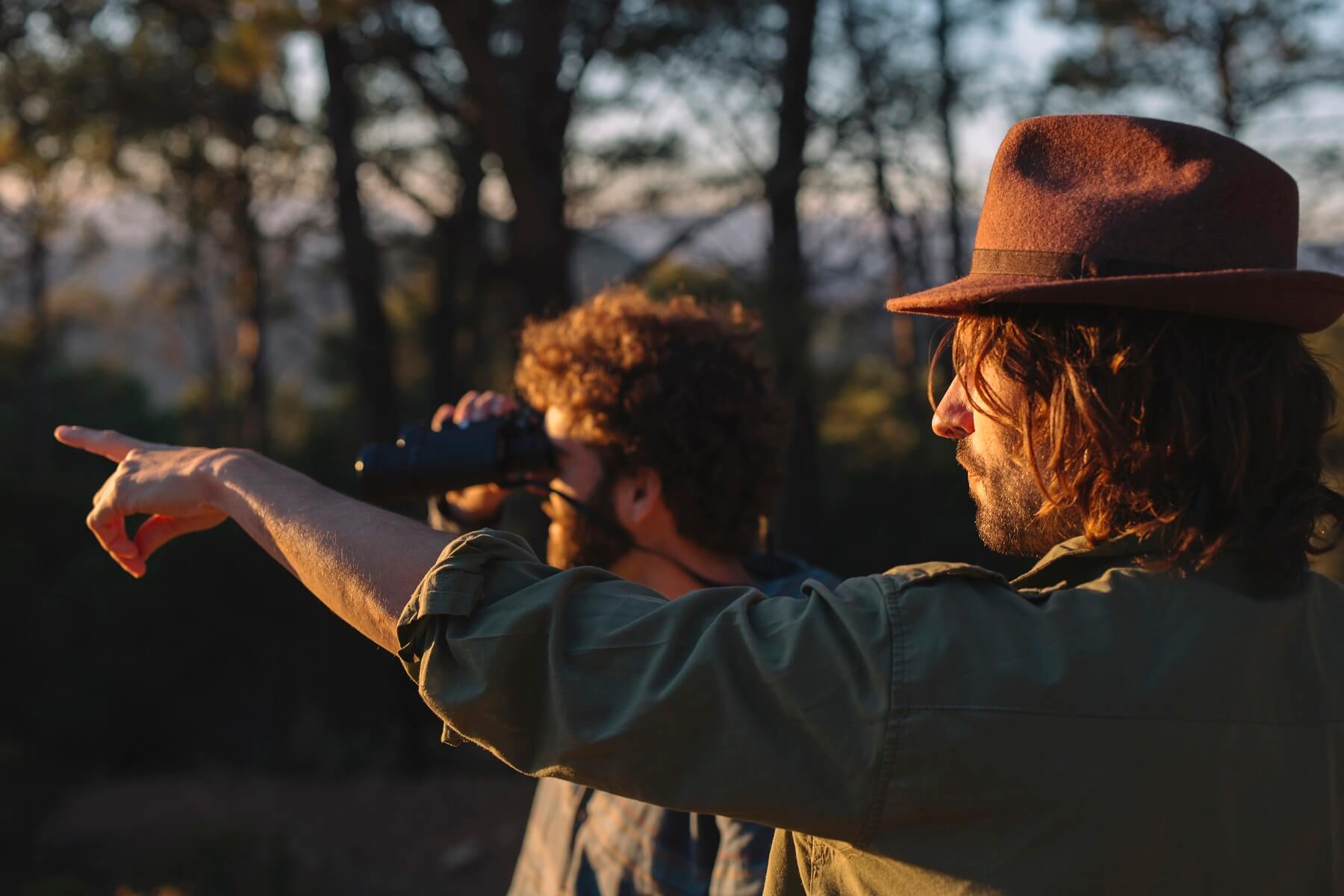Unveiling the Avian Treasures of the Kalahari
<p>Nestled in the heart of southern Africa, the Kalahari Desert boasts an astonishing diversity of bird species that have adapted to its arid landscapes. For bird enthusiasts, the Kalahari offers a rare chance to see captivating behaviours and vibrant plumage found nowhere else.

Discovering Rare Gems: Avifauna Unique to the Southern Kalahari
1. Crimson-Breasted Shrike (Laniarius atrococcineus) With its fiery red breast and distinctive black mask, the Crimson-Breasted Shrike is a true emblem of the Kalahari’s vibrant colours. Its melodious song resonates across the desert, making it a sought-after sighting for birdwatchers.

2.Kalahari Scrub-Robin (Cercotrichas paena) The Kalahari Scrub-Robin’s distinctive call echoes through the thorny shrubbery. This inconspicuous bird’s cryptic plumage and expert camouflage make spotting it a rewarding challenge for keen observers.

Birdwatching Hotspots: Where to Find Kalahari’s Avian Residents
<strong>Kgalagadi Transfrontier Park This iconic park is home to a wide variety of raptors, including the majestic Martial Eagle and the elusive Pygmy Falcon. The Auob and Nossob riverbeds attract flocks of sandgrouse and sociable weavers, creating spectacular aerial displays.
<strong>Molopo Game Reserve The Molopo Game Reserve is a haven for water-associated birds, with its natural pans and wetlands providing a haven for flamingos, pelicans, and various waterfowl. Keep an eye out for the vibrant Rosy-Faced Lovebird, a symbol of the Kalahari’s unique charm.
Some More Unique Kalahari Birds</h2>
01. Kori Bustard (Ardeotis kori)
The Kori Bustard is the world’s heaviest flying bird and is often spotted striding across the open grasslands of the southern Kalahari.
02. Pale Chanting Goshawk (Melierax canorus)
This raptor is a master of the skies in the Kalahari, displaying its striking plumage and distinctive call as it hunts for prey.
03. Burchell’s Courser (Cursorius rufus)
This unique bird gets its name from its habit of courting or displaying while running on the ground. Its cryptic plumage helps it blend into the sandy terrain.
Tips for a Fulfilling Birdwatching Experience
- Patience is Key: Many Kalahari birds are shy and well-camouflaged. Take your time and observe quietly to catch glimpses of their natural behaviors.
- Binoculars and Field Guides: Equip yourself with quality binoculars and field guides specific to the Kalahari’s avifauna for accurate identification.
- Early Mornings and Late Afternoons: Birds are most active during these times, offering optimal opportunities for sightings and photography.
Conclusion: A Symphony of Feathers and Flight
The Kalahari Desert’s avian residents paint a vivid tapestry against the backdrop of its stark landscapes. Birdwatching in this arid paradise offers a chance to observe rare species and connect with the ecosystem’s delicate balance.

